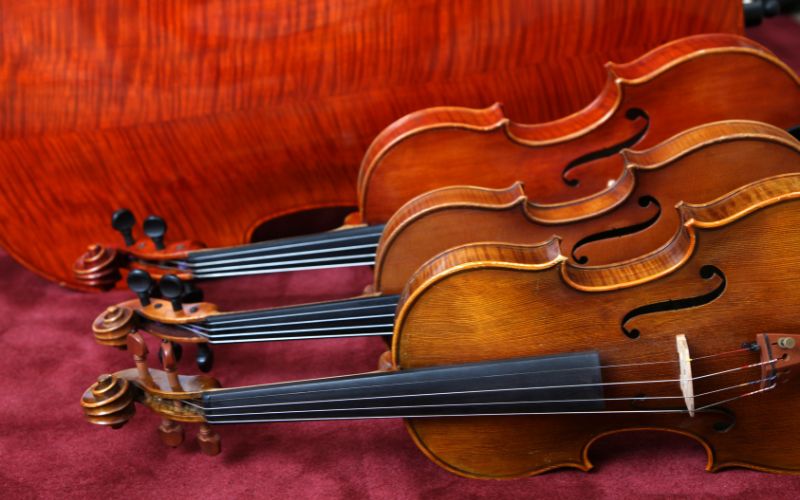Karlheinz Stockhausen, a pioneering figure in contemporary music, is known for his avant-garde compositions that challenge traditional notions of sound and performance. Among his most innovative works is the “Helicopter String Quartet,” a piece that exemplifies his unique approach to music and performance art. In this post, we will explore the concept behind the Helicopter String Quartet, its structure, and the experience it offers to both performers and audiences.
A Groundbreaking Composition
The Helicopter String Quartet, composed in 1993, is not just a musical work but a multi-dimensional experience that combines music, technology, and performance. This piece features four string players who perform from within four separate helicopters, creating a truly unique soundscape that is both spatial and auditory. The helicopters serve as both a stage and a means of sound production, allowing the music to be experienced in an entirely new way.
Structure and Performance
The composition is structured in a way that allows for both pre-composed elements and improvisation. Each musician plays their part while simultaneously engaging with the environment around them, creating a dynamic interplay between the music and the sounds of the helicopters. The score includes specific instructions for the performers, but it also encourages them to respond to the changing conditions of the performance space, including the sounds of the helicopters and the landscape below.
The use of helicopters as a performance venue adds a layer of complexity to the piece, as the musicians must navigate not only their musical parts but also the logistics of performing in mid-air. This innovative approach challenges traditional performance settings and invites audiences to consider the relationship between music, space, and technology. For more insights into Karlheinz Stockhausen’s musical philosophy, visit this link.
Audience Experience
For audiences, the Helicopter String Quartet offers a truly immersive experience. The combination of live music and the sound of the helicopters creates a unique auditory environment, where the music resonates in new ways depending on the location and movement of the helicopters. This spatial aspect of the performance enhances the overall experience, allowing listeners to engage with the music on multiple levels.
The Helicopter String Quartet also encourages audiences to reflect on the nature of music itself. By situating the performance in such an unconventional setting, Stockhausen invites listeners to explore the boundaries of sound and the ways in which context can influence musical perception.
Conclusion
Karlheinz Stockhausen’s Helicopter String Quartet stands as a testament to his innovative spirit and willingness to push the boundaries of contemporary music. By combining music, technology, and performance art, Stockhausen has created a work that challenges traditional notions of composition and performance. The Helicopter String Quartet not only redefines the concert experience but also invites both performers and audiences to engage with music in new and exciting ways.

